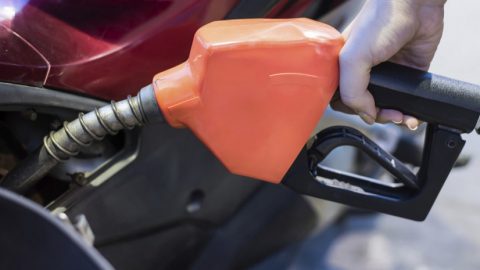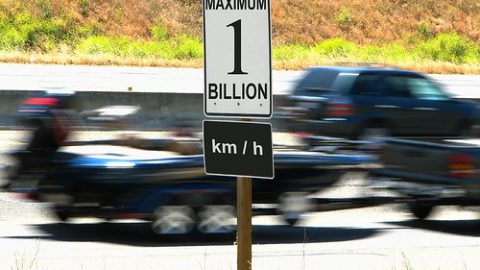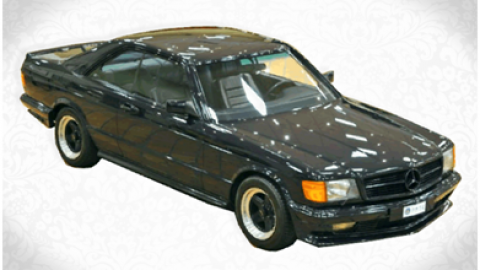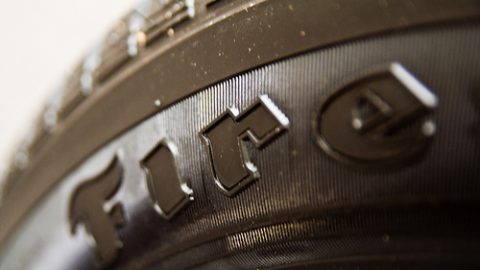A car is like a very expensive pet: sure, they can be a lot of fun, but they also come with a ton of responsibility. Most new drivers are unaware of many of the responsibilities associated with owning a car; mainly because most parents are also unfamiliar with them.
While proper car maintenance can be a tedious weekend activity, these seven tips will ensure that your car runs smoothly for a long time.
Capitol-Tires.com is an independent enthusiast website and is not affiliated with or endorsed by American Tire Distributors (ATD), Nexen, Itochu or any other manufacturers and its content is solely for informational purposes. All manufacturer names, symbols, and descriptions, used in our images and text are used for identification purposes only. It is neither inferred nor implied that any item mentioned by Capitol-Tires.com is a product authorized by or in any way connected with any products/vehicle manufacturers displayed on this page. Copyright © 2025 CAPITOL-TIRES.com. All rights reserved.









